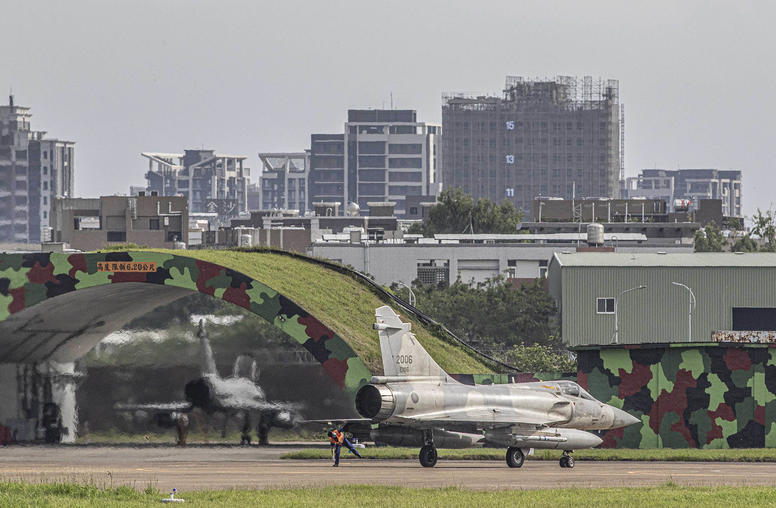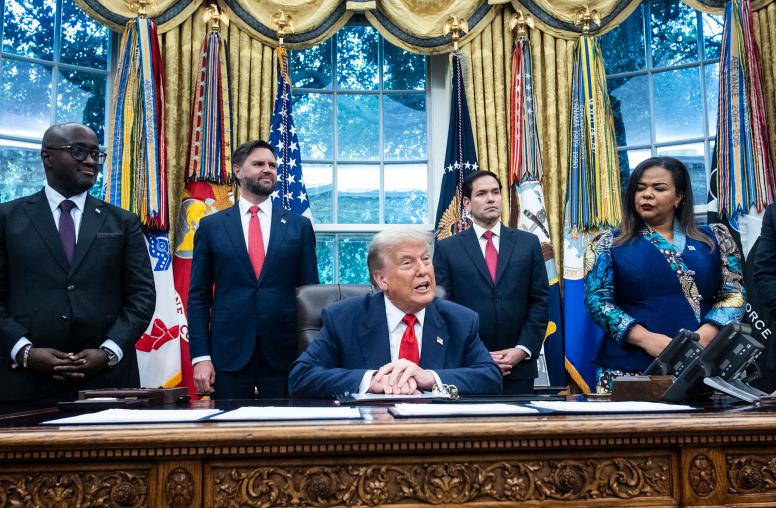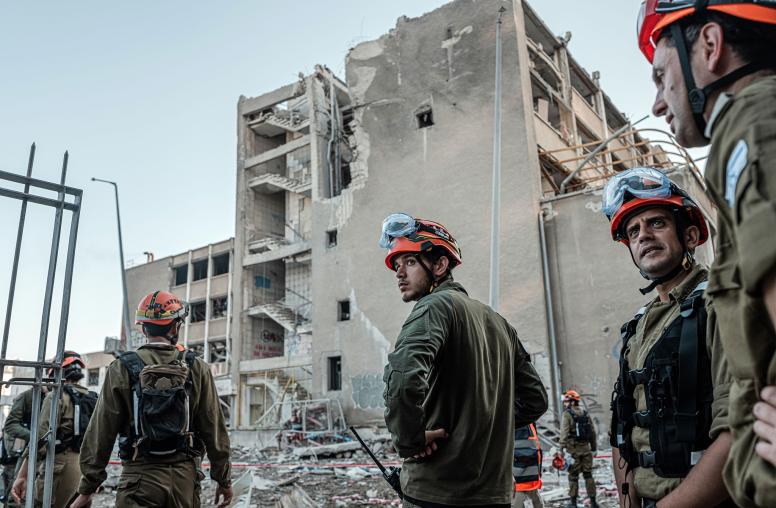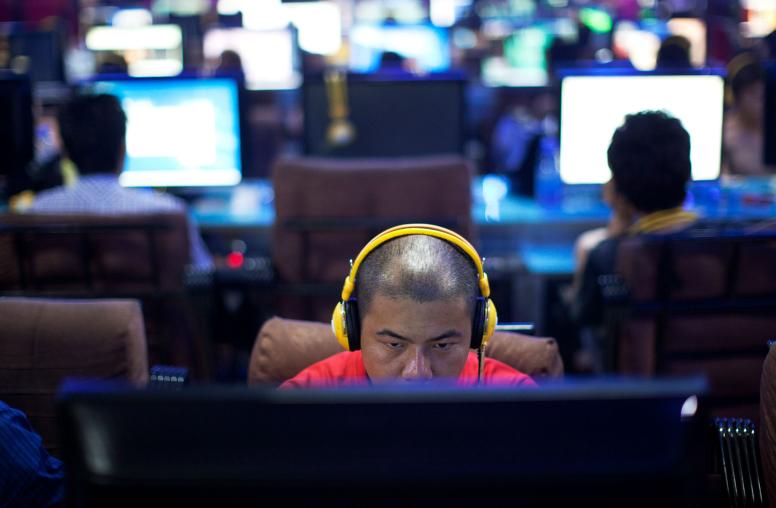Gender and Fragility: Ensuring a Golden Hour
The Fragility Study Group is an independent, non-partisan, effort of the Carnegie Endowment for International Peace, the Center for a New American Security and the United States Institute of Peace. The chair report of the study group, U.S. Leadership and the Challenge of State Fragility, was released on September 12. This brief is part of a series authored by scholars from the three institutions that build on the chair report to discuss the implications of fragility on existing U.S. tools, strategic interests and challenges.
Why Women Matter to International Security
Physicians refer to the “golden hour” as the period after traumatic injury when successful emergency treatment is still possible. The chapeau paper1 for this series, U.S. Leadership and the Problem of State Fragility, defines fragility as the breakdown or absence of a social contract between people and their government. The collapse of social and political order in response to natural disasters, population displacements, violence, and/or war, however, can paradoxically provide opportunities for societal change. The need to reimagine and rebuild ruptured institutions can create openings for renegotiating gender roles and establishing the basis of an inclusive and more stable society. Unless gender equality receives high level and dedicated support during this “golden hour,” long-standing patterns of inequality are likely to be reestablished.2 As noted by an expert on security studies, “Promotion of gender equality goes far beyond the issue of social justice and has important consequences for international security.”3
The golden hour for gender is not after the peace treaties have been signed. The social contract on gender equality must be conceived before the crisis has ended, and then written into the new constitution, implemented in the reconfigured institutions, and prioritized in newly developed education textbooks.
Across the board, women as a demographic group make up nearly half of the human population. They are among the most excluded and unequal in fragile societies—economically, politically, and socially—this has large repercussions for continued fragility.4 According to the World Bank,5 progress on gender-related issues in fragile states appears to be stagnating or losing ground altogether.
Gender inequality slows economic growth. A recent McKinsey report estimates that narrowing the economic gender gap could increase the global GDP by $12 trillion.6 There are additional economic payoffs for reducing inequality as well—agricultural output and food security increase when women gain access to productive resources, and improved health and reduced economic costs result when sexual and gender-based violence is reduced.7 Gender inequality and poverty go together: Of those living in severe poverty, 43 percent live in fragile states10 and the majority of those are women, youth, and children.
Cross-country comparisons demonstrate a strong correspondence between the physical security of women and the peacefulness of states.8 Countries where women’s civil liberties are restricted tend to be less stable politically. By contrast, women’s participation in peace processes have been linked to more successful rebuilding of institutions and legal frameworks.9
A new approach to fragility must take into account that gender inequality has far-reaching economic and political ramifications. As the next U.S. administration formulates its approach to fragility, it must therefore abandon the gender-neutral assumptions that since peace benefits everyone, gender inequality can wait.
Nora Dudwick is a gender and social inclusion specialist and Kathleen Kuehnast the senior gender advisor at the U.S. Institute of Peace.



